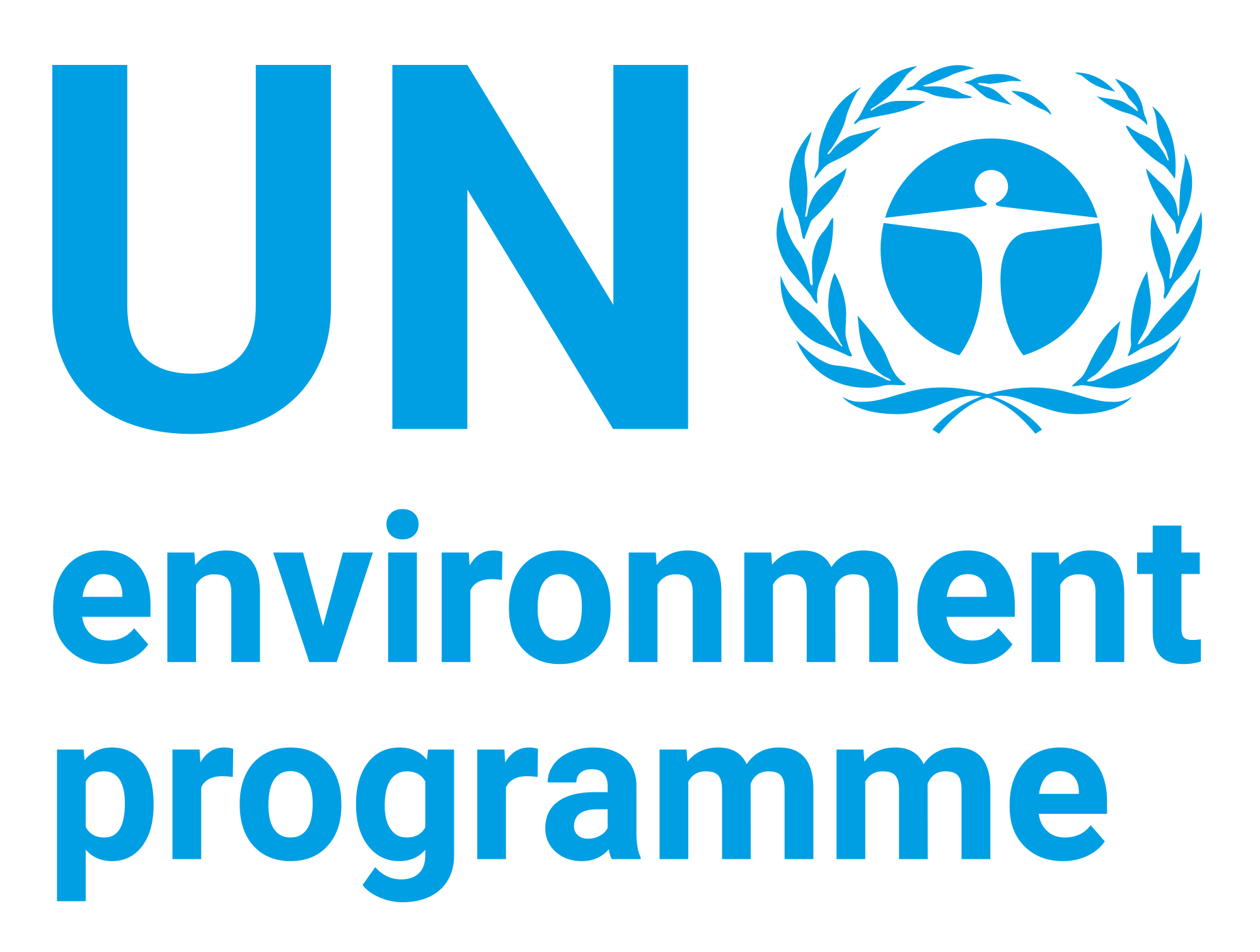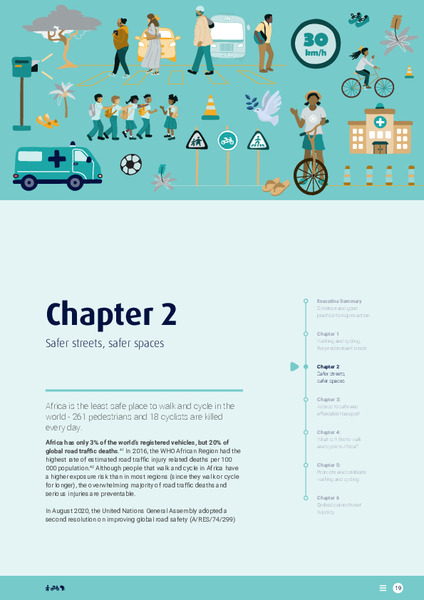| dc.contributor | Economy Division | en_US |
| dc.contributor | Africa Office | en_US |
| dc.contributor.author | United Nations Environment Programme | en_US |
| dc.contributor.author | United Nations Human Settlements Programme | en_US |
| dc.contributor.other | WALK21 | |
| dc.coverage.spatial | Africa | en_US |
| dc.date.accessioned | 2022-05-31T07:15:21Z | |
| dc.date.available | 2022-05-31T07:15:21Z | |
| dc.date.issued | 2022-06 | |
| dc.identifier.uri | https://wedocs.unep.org/20.500.11822/40072 | |
| dc.description | Africa is the least safe place to walk and cycle in the world - 261 pedestrians and 18 cyclists are killed every day. Africa has only 3% of the world’s registered vehicles, but 20% of global road traffic deaths.41 In 2016, the WHO African Region had the highest rate of estimated road traffic injury related deaths per 100 000 population.42 Although people that walk and cycle in Africa have a higher exposure risk than in most regions (since they walk or cycle for longer), the overwhelming majority of road traffic deaths and serious injuries are preventable. | en_US |
| dc.format | Text | en_US |
| dc.language | English | en_US |
| dc.relation | Walking and Cycling in Africa: Evidence and Good Practice to Inspire Action | en_US |
| dc.relation.ispartof | Walking and Cycling in Africa: Evidence and Good Practice to Inspire Action | en_US |
| dc.rights | Public | en_US |
| dc.subject | sustainable transport | en_US |
| dc.subject | street | en_US |
| dc.subject | Africa | en_US |
| dc.title | Chapter 2. Safer Streets, Safer Spaces | en_US |
| wd.topics | Climate Action | en_US |


